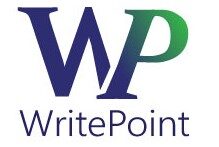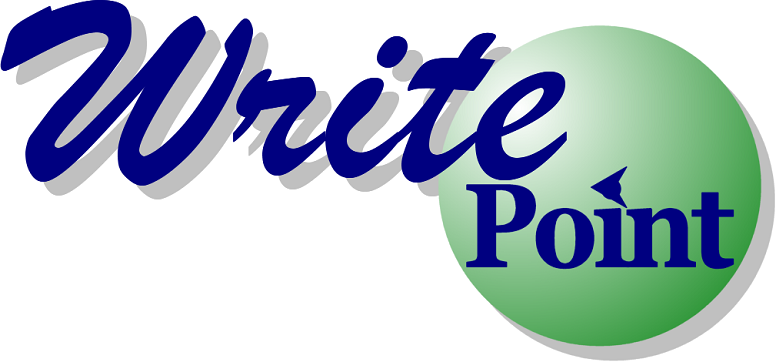A regular challenge for most writers and the companies they work for, is a way to save resources by reusing important information. The concept is to write it once and then, where possible, to reuse this content again and again. This is needed not only by the writer, but also by others in the company. What happens in many companies is writing on a “need” basis. Each time there is a need, someone writes the information and it is released.
Strangely enough, next time there is a need for some documentation, all too often, someone simply writes the new document. Sometimes, perhaps in the best case scenario for many companies, the writer will consult the previously written text. Performing the popular “save as” operation, the company will soon have two documents saying similar things, supposedly addressing two different audiences.
This will happen again and again over time and through the departments until the company has perhaps even dozens of documents. Each document “lives” with its own set of information, which develops over time. I’ve seen this happen enough times to see the consequences. You end up with different terminology, even different names of the products, different logos, different phrasing – all for the same information.
A few examples of content confusion include:
- Those responsible for Requests for Proposals (RFPs) often need information that has already been created by a variety of departments and writers within the company (marketing, engineers, technical writers, customer support, etc.) to create the final RFP. The content may need to be customized a bit, the layout adapted for this output, but the base upon which they build it is likely available, if they can find it. Too often, they end up writing the required information from scratch because they don’t have access to the already created content.
- Documents written for end-users that are “re-branded” for an OEM partner. Instead of using some form of content reuse and conditional text, some companies end up with one or more additional sets of documentation. When the product is upgraded, intense work is required by both the original documentation team and the OEM partner.
- Customer service needs to provide documentation to customers calling in. They take elements of the user guides, add their own information, but never send it back to the technical writer. This information remains in one department while valuable feedback is lost to so many other users.
- Marketing wants to release a product description. Rather than use existing content because the user manual is seen as a 150 page manual and it is too hard to find the few sections that are needed, the marketing writer may go meet with the engineer and write this short document from scratch.
Terms, phrases, and often some of the technical details differ when this happens, leading to even more confusion. Over time, what happens is that the company’s various departments end up creating deluge of different “sources.” Many documents, some even not accurate, become the source for other documents and at some point, it is difficult to know which is the latest version and the more correct content.
Another aspect of this problem involves lost revenue. The company is paying to have information rewritten numerous times simply because of a lack of organization and availability. Put more simply, even though the proper content exists, the company may be paying someone to write it again because the written content has not been made available to other departments.
The company pays for writing information, writing it again, figuring out which is “more” accurate, only to waste more time and resources. In many cases, companies face the following scenarios with their documentation:
- Teams are not aware that similar content has already been written by another writer, team, or department.
- Writers cannot find content. After amassing a large number of documents, some of them quite extensive, teams simply cannot find the elements of the information that they could reuse.
- Faced with a lack of information or with a mass that cannot be broken down and searched easily, many departments chose to create even more content, recreating the information and further confusing available resources.
How can a company get out of this endless cycle? Stay tuned for some interesting blog posts about some solutions we have been using.

